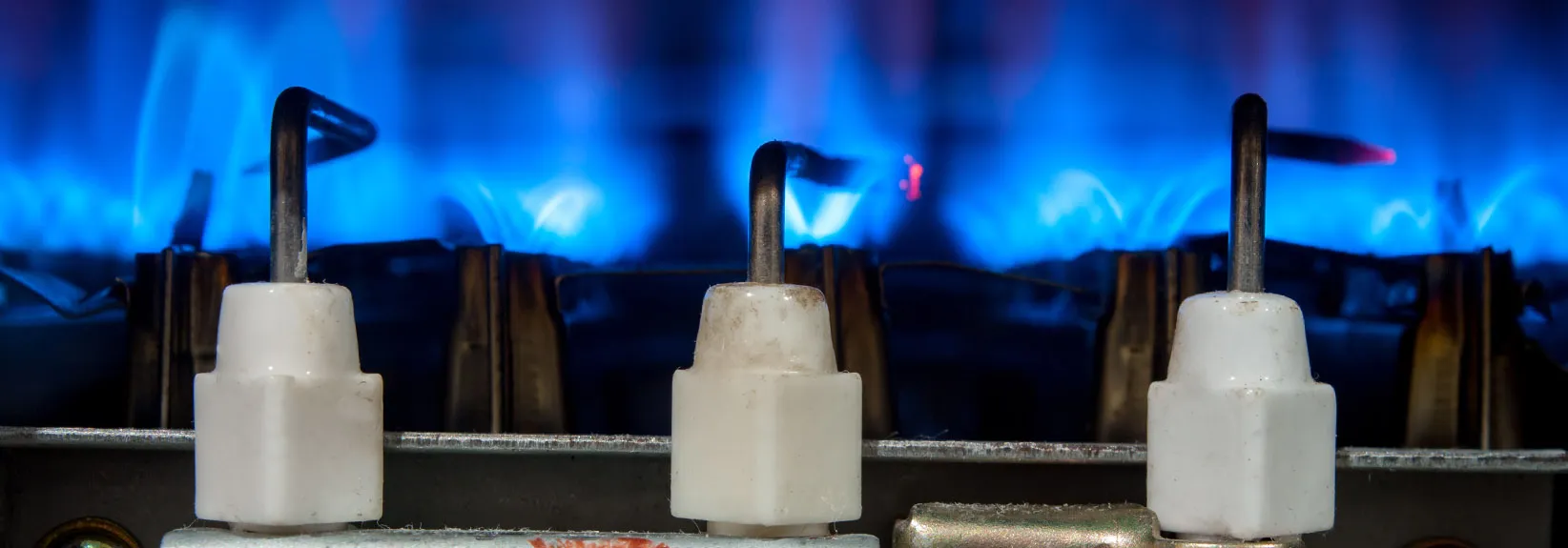What a Flame Sensor Is and Why It Matters
Scheduling your routine furnace maintenance helps keep your heating equipment running up to thirty percent more efficient and helps extend the life of the equipment. But things could still malfunction, and when they do, you might feel like it’s always something else.
This time it’s your heat exchanger, next time it’s your control valve. Now your find out the flame sensor has to be replaced.
By the way – what is a flame sensor?
A flame sensor is a crucial safety element on your gas furnace. During the ignition pattern, your gas furnace goes through a process where either a hot surface ignitor or a spark actually ignites the gas. When the gas is ignited, the flame sensor creates a current of electricity. This is measured in micro amps. If the furnace’s control board doesn’t read the correct level of micro amps, the furnace will stop giving the system fuel to prevent an explosion.
Over time, if the flame sensor is not cleaned appropriately, oxidation or carbon buildup can restrict the flame sensor’s ability to work properly, which can end up causing the heating system to malfunction.
The way to determine if a soiled flame sensor is causing a furnace malfunction is to take a micro amp draw reading, which an expert heating technician can give you. If a dirty flame sensor is the offender, the furnace expert will clean the sensor with steel wool. If dirt was the only factor, we will see a much higher amp reading. If the reading shows no change, the technician will proceed with the heating equipment repair diagnostic process.
If you aren’t confident your furnace is going to survivie these last few weeks of winter, give McKinley Heating Service Experts a call and we’ll come out and perform a full furnace maintenance or a free in-home estimate on a new HVAC system.

